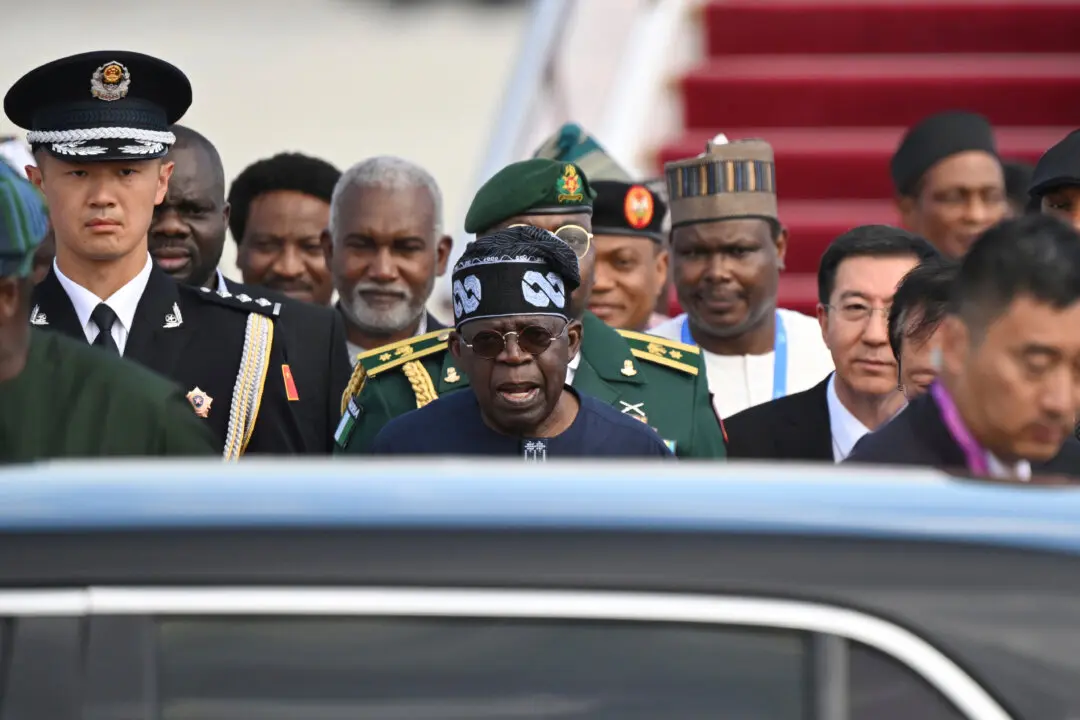BEIJING/HONG KONG— China’s top four state-controlled banks warned bad loans could rise and interest margins would shrink industry-wide, as three of them posted their weakest quarterly profit growth in more than two years.
Top lender Industrial and Commercial Bank of China (ICBC) reported flat net profit of 58.05 billion yuan ($8.63 billion) for the fourth quarter, the first time it has seen no growth in a quarter since the July-September 2016 quarter.





